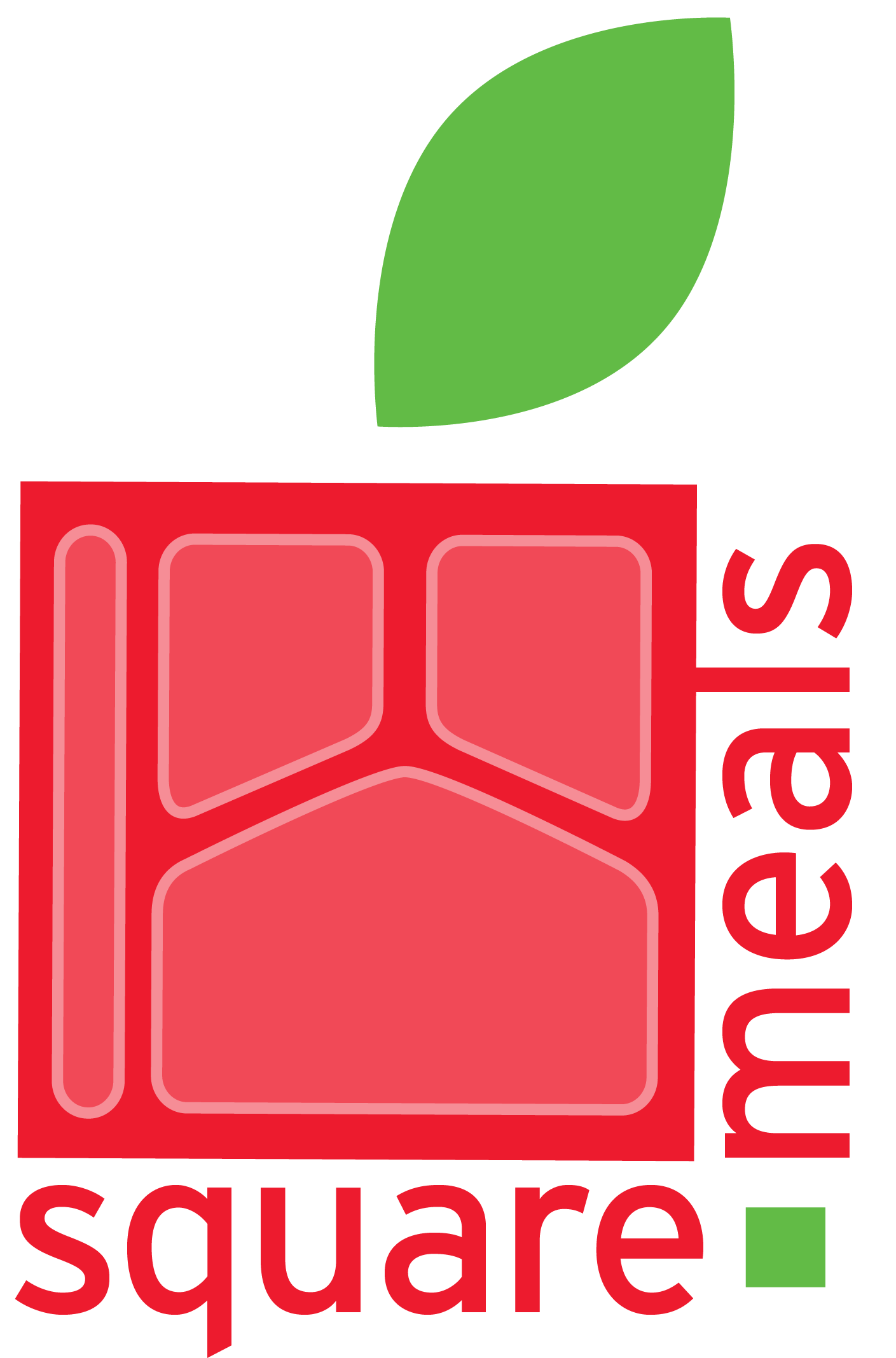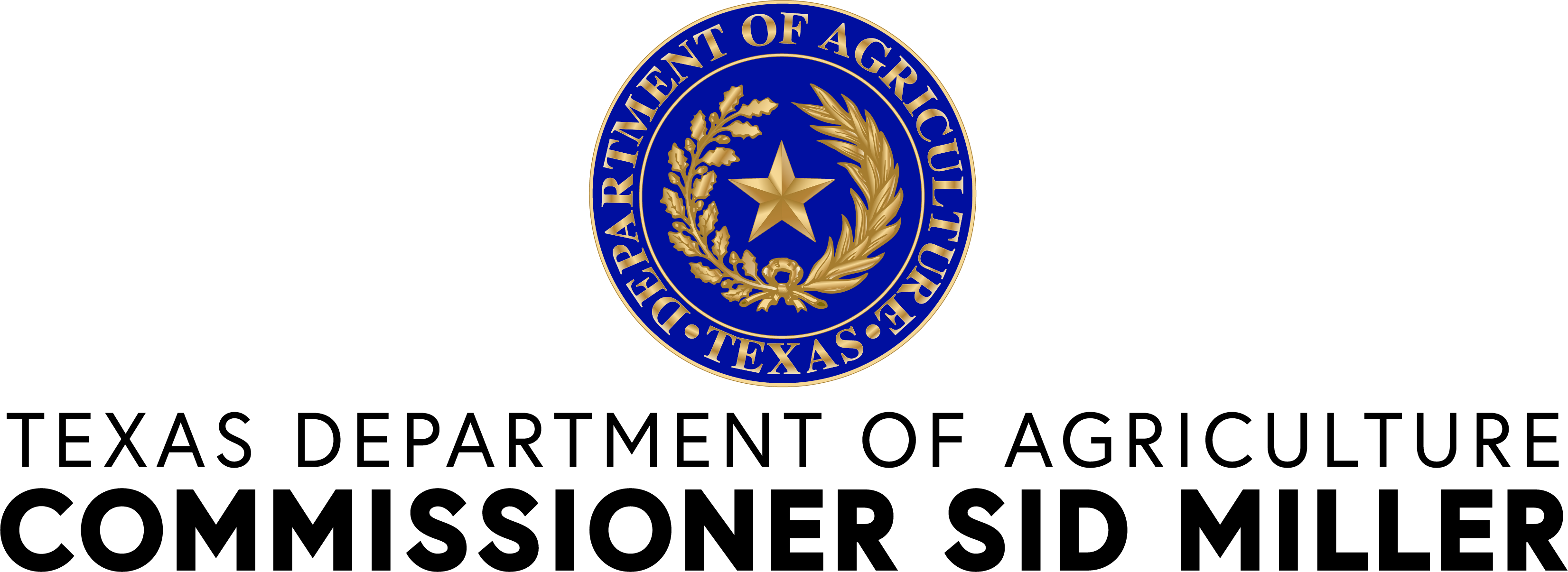|
|
|
Resources for Texas Farm Fresh Network Members
|
|
Thank you for your commitment to helping Texas students, producers, and communities be Homegrown and Healthy. By forging partnerships with schools, child and adult care centers, and summer lunch programs, you’re helping create Farm Fresh generations that will support Texas agriculture for years to come! If you haven’t already, be sure to join TDA’s Farm Fresh Network by completing this form.
Take Your First Steps with These Resources

We’ve compiled a wide variety of tools that you can use to find success as a member of the Farm Fresh Network. From tools for marketing to information about state and federal regulations, you’ll find helpful resources to get you started.
The Decision Tool will help guide you through the necessary considerations for determining if school foodservice is the right marketplace for your products.
Explore Your Potential Farm-to-School Market

No matter where you’re located in Texas, there are schools and care centers nearby looking to source locally produced food for their menus and cafeterias. Explore and leverage the tools below to help you capitalize on the success of farm-to-school and forge new relationships.
Dive Into School Nutrition Programs & Meal Service
School nutrition professionals must create healthy, balanced menus containing foods such as fruits, vegetables, and whole grains. Dive into these resources to learn a bit more about how school menus are built and determined.
Federally-Assisted Meal Programs

- National School Lunch Program (NSLP)
Federally assisted meal program that provides lunches to more than 3 million Texas children in school and residential child care institutions.
- Seamless Summer Option (SSO)
Helps to ensure that students in low-income areas continue to receive meals during school vacations longer than 10 school days.
- School Breakfast Program (SBP)
Reimburses the approved meals contracting entities serve to more than 1.5 million qualifying Texan children daily. The SBP also encourages the consumption of domestically produced agricultural commodities and foods. SBP participants include children who are enrolled in the public schools or private nonprofit schools, or who live in public or private nonprofit residential child care institutions.
Texas state law requires that a school must participate in the School Breakfast Program if at least 10 percent of their students are eligible to receive free or reduced-price meals.
- Summer Food Service Program (SFSP)
A federally-funded, state-administered program, SFSP reimburses meal-service program operators who serve free healthy meals and snacks to children and teens in low-income areas.
- Fresh Fruit and Vegetable Program (FFVP)
A federally assisted invitation-only program providing free fresh fruits and vegetables to students in participating elementary schools during the school day. The FFVP helps schools create healthier school environments by providing healthier food choices, expanding the variety of fruits and vegetables children experience, and increasing children’s fruit and vegetable consumption.
- Child and Adult Care Food Program (CACFP)
Reimburses child care centers, day care home providers, adult day care centers, and afterschool at-risk programs for part of the cost associated with serving more than 400,000 approved meals and snacks to children and adults in Texas every day.
- At-Risk Afterschool Meals
A component of the Child and Adult Care Food Program (CACFP), At-Risk Afterschool Meals offers federal funding to Afterschool Programs that serve a meal or snack to children in low-income areas.
Complete this worksheet using these case studies to identify which type of school meal program is best for your business.
Understanding School Food Procurement
Schools and care centers follow federal regulations to procure the food they need for their cafeterias. By understanding this process, timeline, and channels through which schools get their food, you will be able to forge relationships that benefit both your business and the school or care center.
Key Terms

Procurement - The process of purchasing a product. Each CE has a defined and regulated procurement process they must follow when entering into a contract to purchase a product.
Contracting Entity (CE) - An educational organization, typically a school district, child care center, and adult care center in Texas, that has contracted to be part of a federally assisted meal program.
The Child Nutrition Director (CND) - The person within a CE responsible for preparing the budget, creating the menus, and procuring the food products.
Micro-Purchase - Purchase contracts of $10,000 or less, as defined by the school district or CE’s business office.
Informal Procurement - Purchase contracts of $50,000 or less, as defined by the school district or CE’s business office.
Formal Procurement - Purchases contracts of more than $50,000.
Request for Proposal (RFP) and Invitation for Bid (IFP) - The two types of formal solicitation requests for a proposal or bid for products. For most procurement contracts, CEs must request proposals from at least three vendors prior to awarding a contract for a product.
The Procurement Process: Terms to Know

Forecasting - CEs identify their anticipated procurement needs based on historical data, current prices, and student enrollment numbers.
Cost/Price Analysis - Prior to procurement, a CE must perform a cost/price analysis of a product, which will determine the process through which the product must be obtained.
Solicitation - If a formal procurement is necessary, the CE will develop either a request for proposal (RFP) or invitation for bids (IFP) to publish publicly requesting bids on the contract.
Evaluation & Award - Once a sufficient number of responses have been submitted, the CE will perform an evaluation of the proposals or bids and select the award-winning bidder.
Typical Procurement Timeline

Market Channels


Complete this worksheet to determine what market channel mix is right for your business.
And use this worksheet to help you identify which product(s) are right for selling to schools.
Calculating Success

Determining your return on investment and profit begins first with identifying your break-even price point. By calculating your expenditures–both fixed and variable–you’ll be able to understand and set your product pricing. Use Business Planning Considerations for School Sales to make your determinations.
Building Successful Partnerships
You’ve made contact with a school and/or care center and they’re interested in learning more about your products … now what? Refer to the checklist below to help you prep for your first meeting.
The Power of Social Media

Recognition and awareness are important to any business—and that includes schools. Be sure to use your business’s social media presence to amplify your organization and products so that schools, families, and the community know you’re there!
Helping Schools Build Farm Fresh Generations

One way to strengthen your connection with a school or school district is by offering experiential educational opportunities for their students. These activities can be a great way to get to know your customer better:
- Meet the Farmer/Rancher/Producer Day
- Farm Field Trips
- Taste-testing for classrooms and faculty
- Help a school build their own community garden
- Invite a school to visit you and other local vendors at a Farmer’s Market
Food Safety and Insurance

Meal Costs & Reimbursements

Funding

Additional Support

|
|
|
|
|
|
|
|
|
|
|
Assistance available in English and Spanish. Please call 877-TEX-MEAL (877-839-6325) for help. Additional translations services available as well.
|
|
In accordance with federal civil rights law and U.S. Department of Agriculture (USDA) civil rights regulations and policies, this institution is prohibited from discriminating on the basis of race, color, national origin, sex, disability, age, or reprisal or retaliation for prior civil rights activity.
Program information may be made available in languages other than English. Persons with disabilities who require alternative means of communication to obtain program information (e.g., Braille, large print, audiotape, American Sign Language), should contact the responsible state or local agency that administers the program or USDA’s TARGET Center at (202) 720-2600 (voice and TTY) or contact USDA through the Federal Relay Service at (800) 877-8339.
To file a program discrimination complaint, a Complainant should complete a Form AD-3027, USDA Program Discrimination Complaint Form which can be obtained online at: https://www.usda.gov/sites/default/files/documents/ad-3027.pdf, from any USDA office, by calling (866) 632-9992, or by writing a letter addressed to USDA. The letter must contain the complainant’s name, address, telephone number, and a written description of the alleged discriminatory action in sufficient detail to inform the Assistant Secretary for Civil Rights (ASCR) about the nature and date of an alleged civil rights violation. The completed AD-3027 form or letter must be submitted to USDA by:
|
|
1. Mail:
U.S. Department of Agriculture
Office of the Assistant Secretary for Civil Rights
1400 Independence Avenue, SW
Washington, D.C. 20250-9410; or
2. Fax: (833) 256-1665 or (202) 690-7442; or
|
|
| This institution is an equal opportunity provider. |
 |

|
|
|